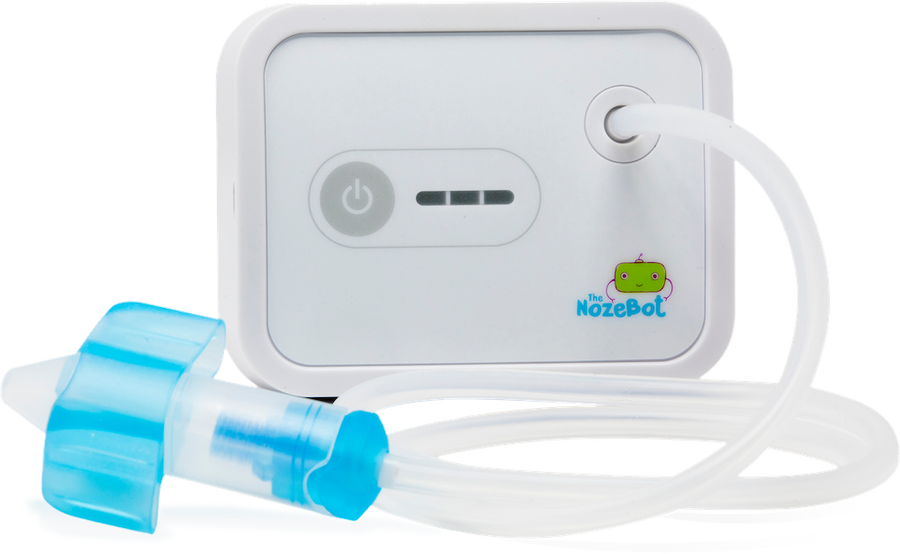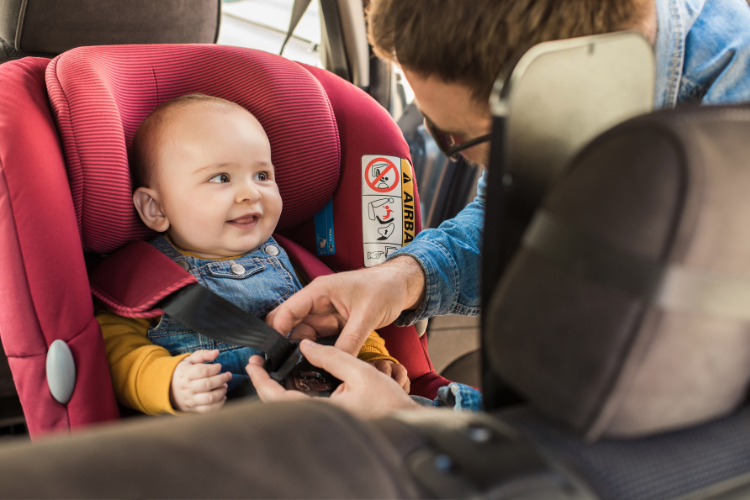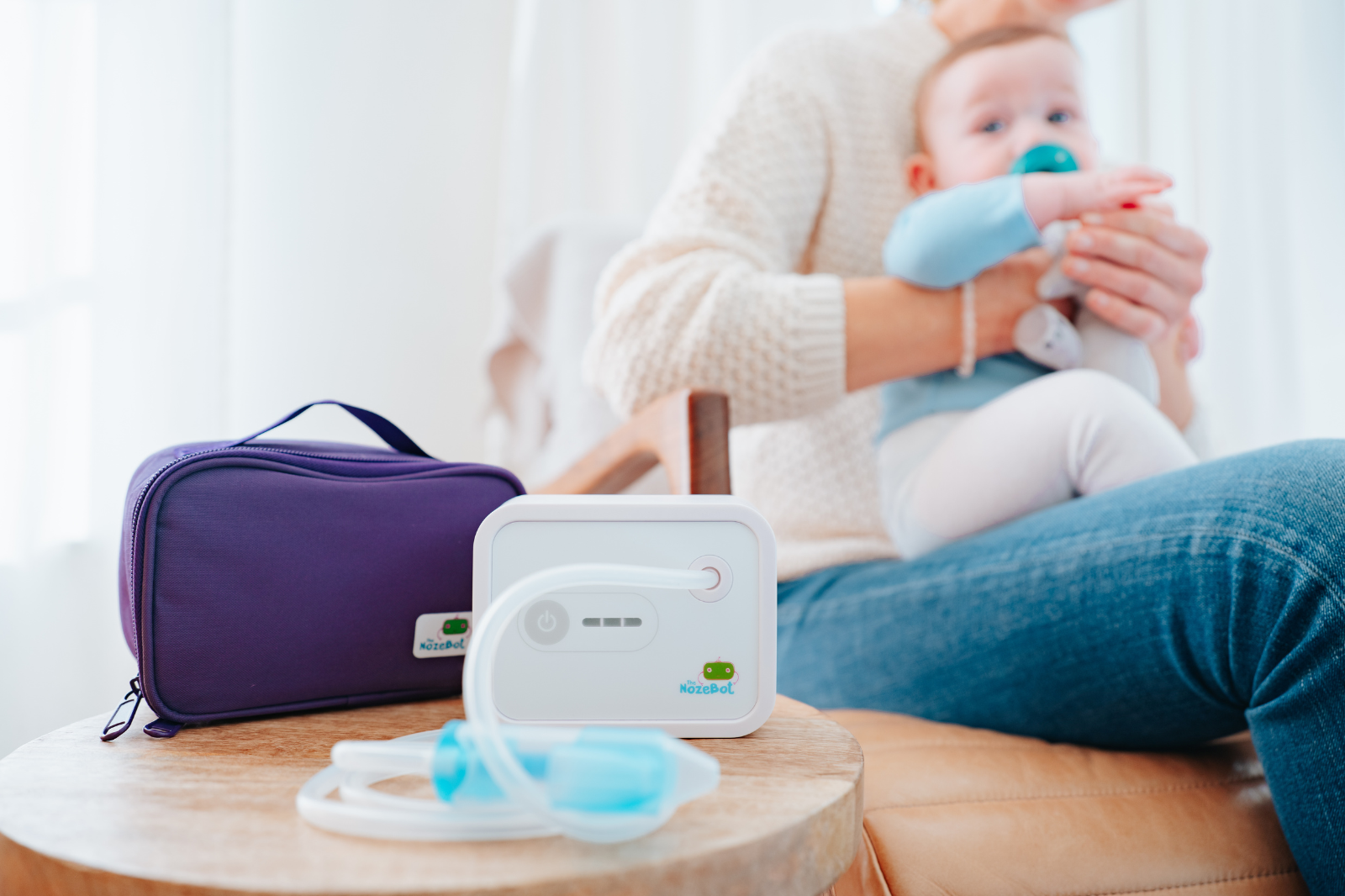Guest Post by Katy Fleming, MA, LPC, BSN, RN
Between bruises and bumps on the head, keeping our kids safe at all times is challenging. According to the CDC, car crashes are one of the leading causes of injury among children.
If a child isn’t properly fastened in their car seat, injuries are more likely to occur in an accident. Stay prepared for your next family drive with this ultimate guide to car seat safety.
Types of Car Seats
It’s important to choose the correct type of car seat based on your child’s age and size. As children get bigger, a different kind of seat is needed to ensure their safety. When you buy a new car seat, test it out in your vehicle as some seats do not fit in all cars.
National Highway Traffic Safety Administration (NHTSA) outlines the appropriate type of car seat to choose for each stage of life.
Rear-Facing Car Seat
Children should face the back of the car as long as possible to protect their head and neck in an accident. Created for infants and smaller children, rear-facing car seats reduce stress from the spinal cord and neck by moving with the child.
Rear-facing car seats come in an infant-specific car seat or convertible seat. Infant car seats are designed for babies and most grow out of them before their first birthday. These come with a base that usually remains in the car and the car seat clicks into the base. This way, you can get your little one comfortably strapped into the seat while inside and then carry the car seat out when ready.
Convertible seats switch from rear-facing (i.e., towards the back of the car) to forward-facing (i.e. towards the front of the car). As your child gets older, you can transition the seat to several sizes.
Depending on the model, rear-facing car seats are typically used for children from infancy to ages 2-4. The manufacturer will identify the specific weight and height recommendations for that model. The limit for rear-facing only car seats is often between 22-35 pounds and 26-35 inches.
Forward-Facing Car Seat
After reaching the height and weight limit for a rear-facing car seat, your child needs to switch to a forward-facing car seat. A common mistake is transitioning children too early to forward-facing.
Be sure to follow your manufacturer’s recommendations to maximize your little one’s safety. Most kids can remain in a forward-facing car seat until at least age 5.
Forward-facing car seats provide a harness and tether to restrict forward motion during a car accident. Similar to the convertible seats, combination seats, and all-in-one car seats are two additional types of forward-facing car seats.
Combination seats transition from a forward-facing car seat to a booster seat. All-in-one seats allow the car seat to switch through all stages as your child grows from rear-facing to forward-facing to booster. These car seats help parents save money, too.

Booster Seat
Once your child outgrows the forward-facing seat, a booster seat is recommended until they appropriately fit in a seat belt. Booster seats face forward using the car’s seat belt.
It helps kiddos that no longer fit the height and weight requirements for a car seat, however, are not big enough to properly fit a seat belt. Keep in mind that seat belts are sized according to adults. If a child begins using only a seat belt too early, then they are at a high risk of injury.
Seat belts properly fit when the lap belt is across the thighs rather than over the stomach and the shoulder belt is across the center of the shoulder and chest. Most children grow out of a booster seat between the ages of 9-12.
It’s important to remember that all children under age 13 must sit in the back seat of cars for their safety.
Correct Installation
Approximately 85% of car seats are not installed correctly, which leads to unintentional injuries and accidents.
When it comes to car seats, not all were created equal. Read over your vehicle and car seat’s manuals to ensure proper installation.
Install the car seat using its LATCH (lower anchors and tethers for children) or seat belt. Both options are equally safe, but some parents find the anchors and tethers more easy to install.
Recommendations
- Never leave your little one unattended in a car seat.
- If your child falls asleep while in their car seat, move them to a safer place to sleep.
- Check for any recalls by registering your car seat with the manufacturer to receive safety notices.
- Remove any bulky clothing before putting your child in a car seat.
- Children should remain in the back seat until age 13.

Looking for more parenting hacks? Check these out:
- Ways for Dads to Bond With Their Newborn
- 7 Essential Items for Every Mom’s Purse (Or Diaper Bag)
- Melatonin for Kids: What Parents Need to Know
- 8 Reasons to Visit the ENT that Most Parents Overlook
- Long-Term Impacts of RSV that Parents Need to Know
For further assistance, check out the American Academy of Pediatrics product listing to choose the best car seat for your little one.
The Nozebot is a battery-powered suction device designed to clear nasal congestion in babies and children.


